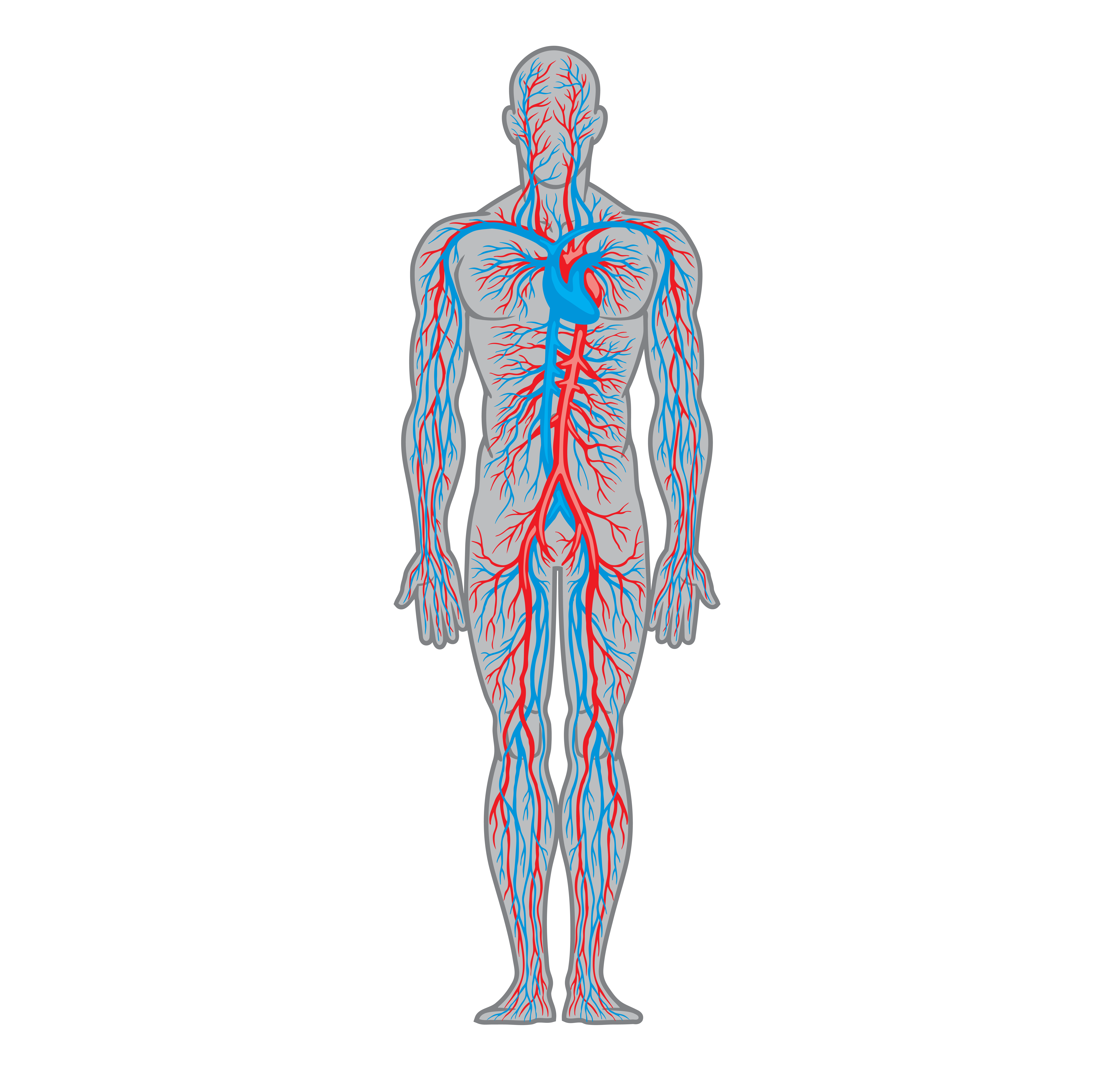A Better Understanding of Tissue Regeneration

Posted
15 May 24
Ostrow researchers probe how vasculature impacts stem cell diversity. The new study could lead to better treatments for tissue regeneration.
STEM CELLS DON’T exist alone.
They are part of a community, and their local environment — neighboring cells, extracellular matrix, blood vessels and nerves — all provide instructions that tell the stem cells when to divide, when to become different cell types and when to stay as they are.
In a recent study published in the journal Cell Stem Cell, Associate Dean of Research and George and MaryLou Boone Chair in Craniofacial Biology Yang Chai shows how blood vessels can control stem cells.
Chai points out that to be able to reactivate stem cells, researchers first have to understand them — and their neighborhoods — in great detail. “This study has really helped us to get a rather in-depth understanding of how vascular architecture can help to regulate the diversity of stem cells,” said Chai, who is director of the Center for Craniofacial Molecular Biology.
He and his colleagues discovered a particular signaling pathway called P53 that normally acts as a tumor suppressor and might be involved in regulating mesenchymal stem cells in 2020. For three years, they worked to fully understand what the pathway does in controlling stem cells during tissue homeostasis.
In this study, the team used a rodent incisor model, which grows continuously and has a strong stem cell component. They knew the markers which identify the stem cells eventually that will become dental pulp, and they had the tools to label the cells. Previous research had shown how important nerves were in controlling stem cells, and now they could look at the role of blood vessels as well.
The new research focuses on the P53-PGDF — platelet derived growth factor — signaling pathway.
They pinpointed ways in which the pathway regulates the prevalence of arteries and other types of blood vessels.
In the future, Chai and his team, which included Ostrow associate researcher Tingwei Guo, would like to precisely target stem cells to change their fate, eventually to regenerate tissues in patients who may have compromised craniofacial tissues. That work would first happen in animals, but eventually could lead to better treatments for people.
The study is also changing researchers’ understanding of the vasculature system. Blood vessels are normally thought of only as vehicles for transporting oxygenated blood to a site, and exchanging it to circle back through the veins. But now, armed with the knowledge that the cells that form the vascular walls have functions in addition to supporting blood flow — like secreting factors to regulate neighboring cells — it opens up new territory to eventually help patients. “That becomes an area where you can explore in the future,” Chai said. “That’s very informative for us.”